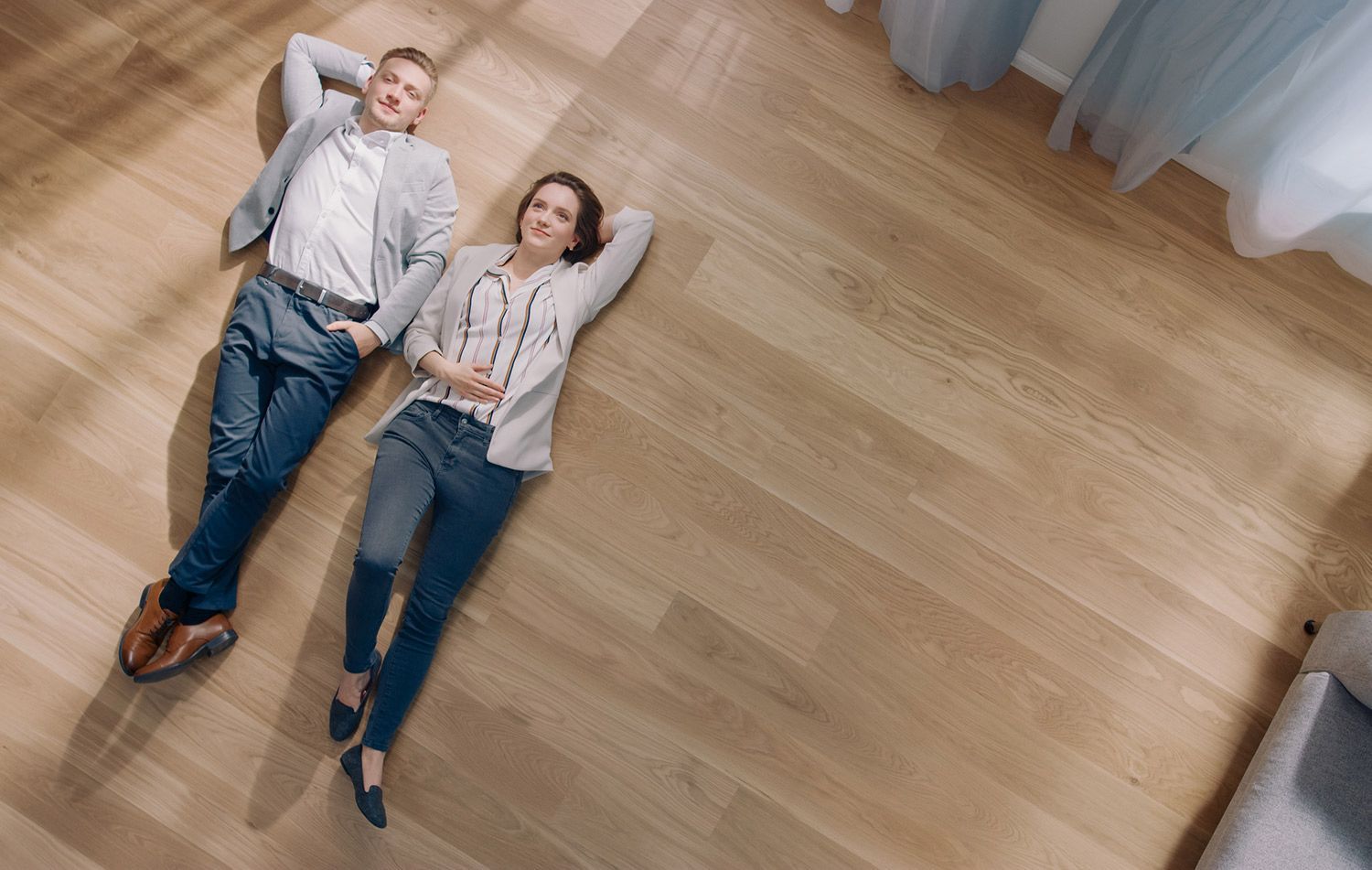At
Floor It 41, we are pleased to offer the best luxury vinyl plank solutions. We gladly serve Haubstadt, Evansville, IN, and the surrounding areas. We provide a wide range of the greatest lines and goods in every hue to fit your preferences.
Although luxury vinyl plank flooring is easier to install and far more economical than real wood, it has the same appearance. It is also pet-friendly and waterproof, so you can be sure that your floors will continue to look gorgeous for many years to come.
We can meet your goals and provide the finest rates in the area, regardless of the size of your flooring project. Visit our wonderful showroom to view our outstanding selection. Give us a call at
(812) 505-0109, or come see us right now.

Exquisite Luxury Vinyl Plank Installed for Your Home or Business
Floor It 41 is your one-stop shop for all your luxury vinyl plank needs. Our all-inclusive services guarantee a hassle-free experience for our customers from beginning to end. We handle every aspect of the job, from expertly installing your new luxury vinyl plank to removing your old flooring. You may enjoy gorgeous new flooring without hassle when you entrust our knowledgeable staff to manage every part of the job.
Check Out Our Luxury Vinyl Plank
These are just a few examples of our high-quality luxury vinyl plank lines. Visit our gorgeous showroom to explore a wider selection and find the perfect flooring to suit your style and needs. Come see us today for more inspiration and to experience our exceptional products firsthand.
































